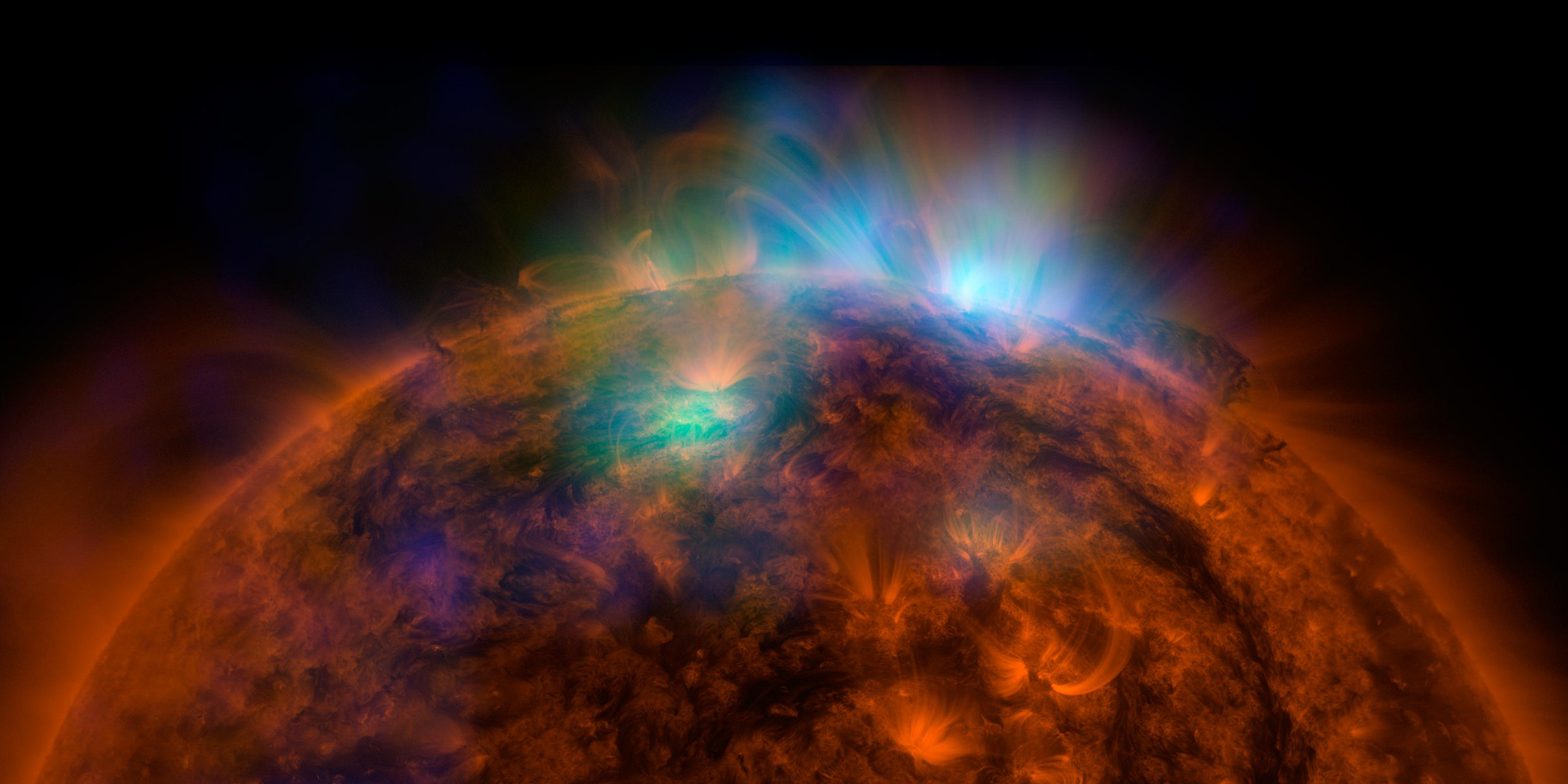Ah, yes. Galactic travel. A zip through hyperspace. The meat and potatoes of science fiction. We have traveled so often to Antares and beyond, in books, films, and television, that it seems only a matter of time before humans must actually embark upon such a voyage.
Physics
And what does it mean?
In 1900 Henry Adams, American historian, quintessential Bostonian (born in the shadow of the State House), 62 years old, visited the Paris Exposition, a great world’s fair celebrating the end of Adam’s century and the beginning of a New Age.
Albert Einstein’s most happy thought
It was, said Einstein, the “happiest thought of my life.”
The men who paved the way for the theory of relativity
Ask the man in the street what is the greatest scientific discovery of the twentieth century and he will as likely as not reply, “the theory of relativity.” Many scientists will agree. Relativity underlies our present understanding of atoms and stars. It is the basis for our ideas about the origin and evolution of the universe. It is the very warp of the fabric of physics, the threads on which all else is woven.
Dragons, neutrinos and an unseen reality
As Lewis Mumford put it, “if man had not encountered dragons and hippogriffs in dream, he might never have conceived of the atom.”
Snaring a Snark
The word from CERN, Europe’s big high-energy physics lab, is that the antiproton has been trapped. The antiproton has been caught and stored for several minutes in a bottle.
Everything theory
Let’s talk fashion in science. Let’s talk bandwagons. Let’s talk string.
Supercomputers can change physics
There is a new generation of supercomputers on the horizon, machines that are many times faster and more powerful than anything existing today. It is my guess that the new machines will revolutionize physics. They will not just change the way we do physics; rather, they will change the way physicists think about the natural world.
A wisp of matter
The neutrino is the spook of the world of subatomic particles. It has no electric charge, and possibly no mass. It is a mere whiff of a particle, a whisper of matter, a sweet nothing. The neutrino is only barely lodged in the realm of existence.
The duality of the subatomic
“You can’t lose doing physics,” says physicist Mike Horne. “Either you have the thrill of stumbling upon something new or you have the pleasure of seeing accepted principles working perfectly.”









